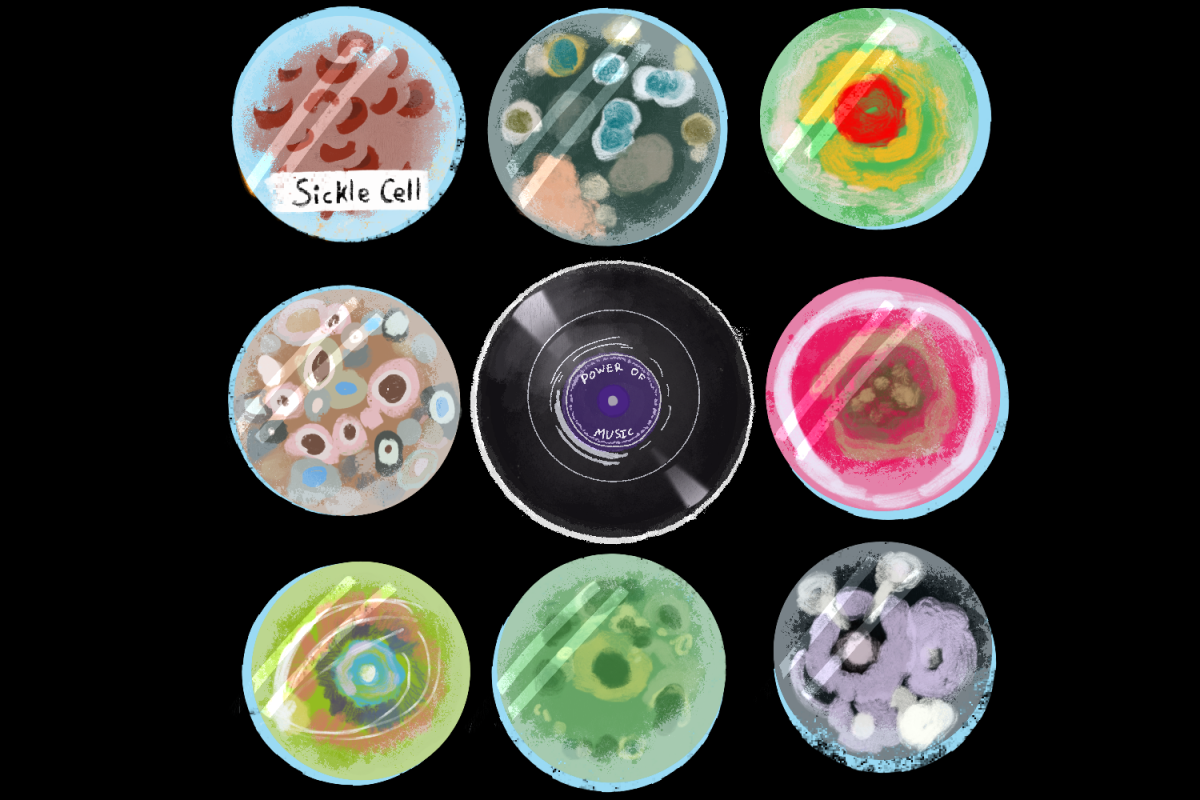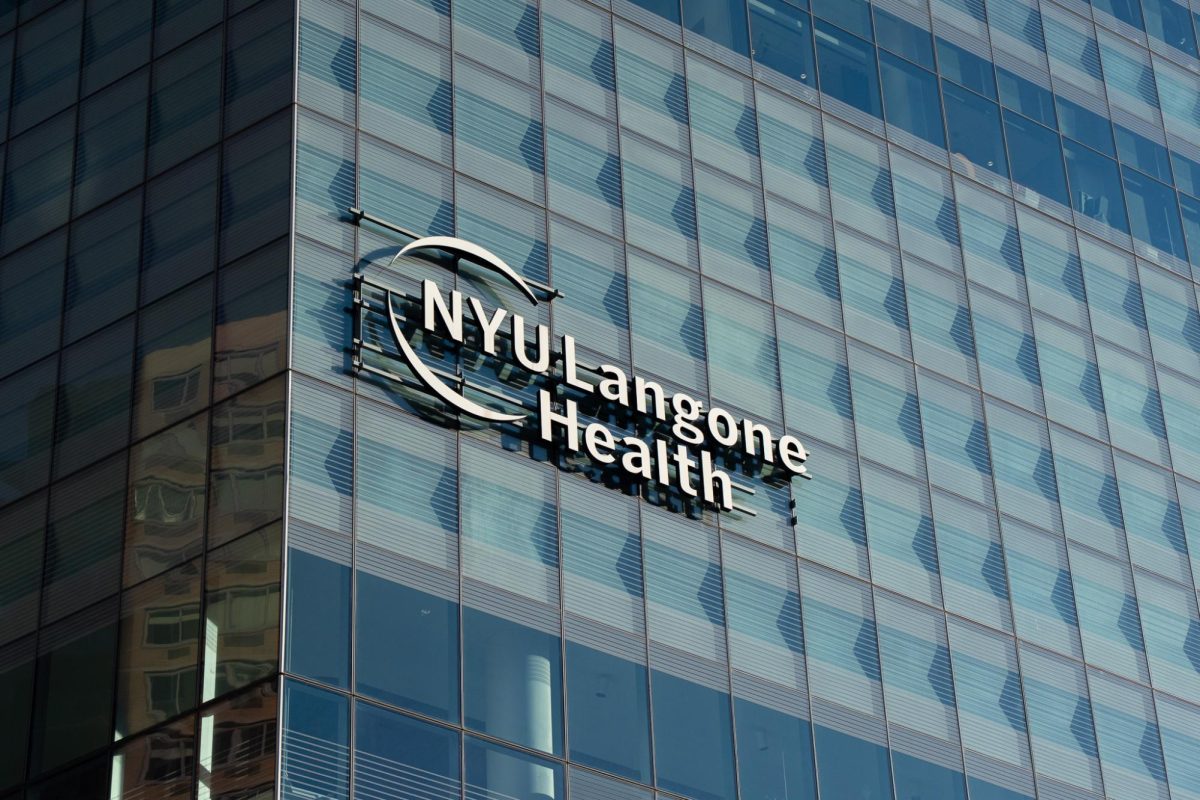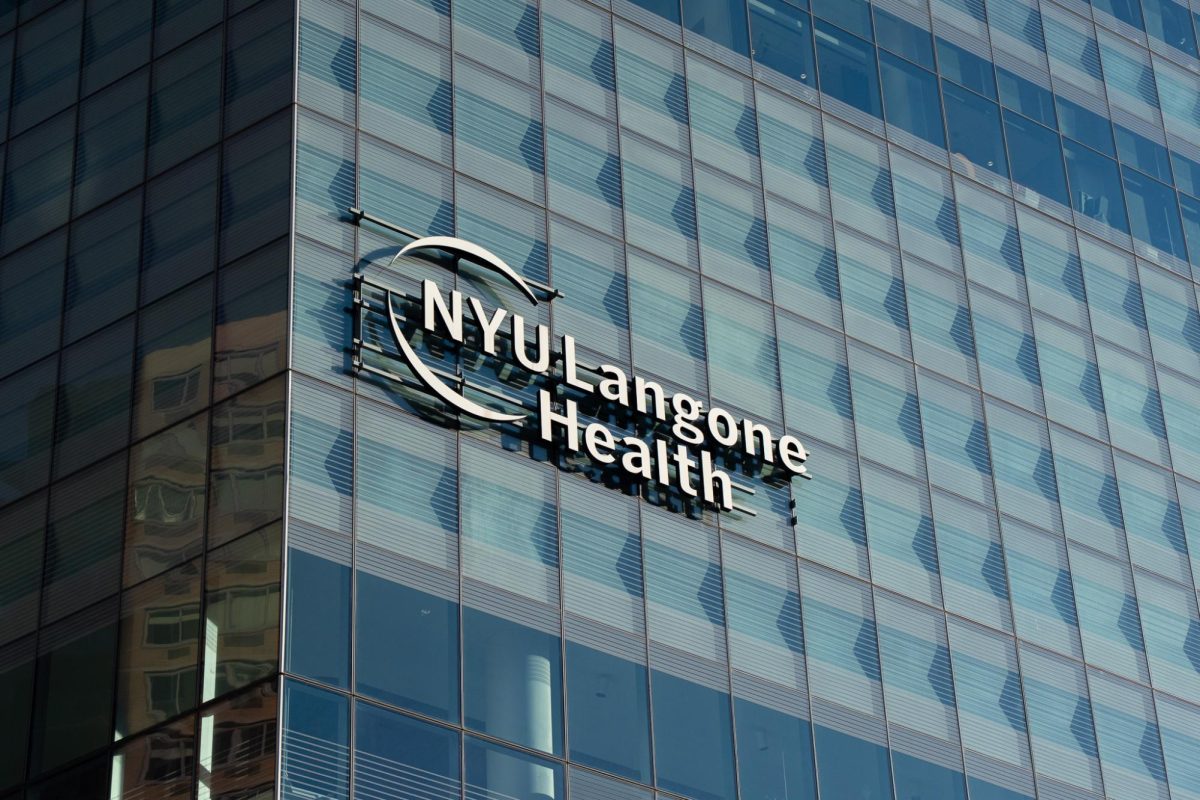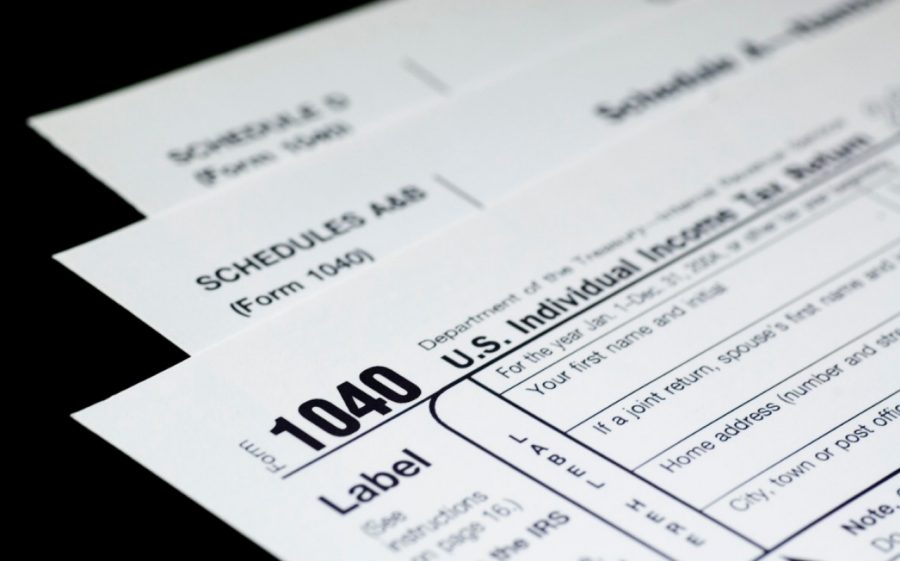As a private university, NYU is not required to make much information publicly available. Students have tried to remedy this, proposing a freedom of information resolution last semester that would create a process to request and receive information from NYU, but it never reached the University Senate floor. One document available for public viewing is the university’s annual tax returns.
For now, the 990 form they completed provides one of the few inside looks into how NYU spends its money. WSN conducted a full review of this form. From an indication that Hamilton may have signed a five-year contract with the university to $6 million spent on Langone’s Violet Ball to another $750,000 paid to former President John Sexton, here are some of the highlights.
Executive Pay
Generally, pay to high-ranking administrators seemed to have increased in fiscal year 2017. The university’s tax forms stated the large salaries of administration at NYU Langone, with CEO Robert Grossman receiving $4 million, up from $3 million the previous year, and Senior Vice President Andrew Brotman making $2 million, up from $1.2 million.
President Hamilton made just under $2 million, with about $1.5 million coming from salary and about $200,000 coming from benefits. It also reported that during a five year period, each year Hamilton stays with the university he will acquire a bonus of $250,000. This suggests that Hamilton has a five-year contract with the university (which would mean it would be up for renewal in 2021).
In 2015, President Emeritus John Sexton made a total of approximately $1.6 million, including benefits. When comparing presidents at other elite universities, both Sexton’s and Hamilton’s salaries are similar.
However, Sexton’s retirement benefits were substantial. The year he retired, it was estimated that his retirement package would total $11 million. As part of Sexton’s retirement plan, the university still provides him with $800,000 in benefits per year, as reported in The New York Times. Sexton is not the only former executive who received money after finishing his tenure. For example, the university paid former provost David McLaughlin over $400,000.
During Sexton’s term, NYU came under scrutiny for providing star faculty, Sexton included, loans not only to purchase homes within New York City, but to buy vacation homes as well, in a practice NYU deemed necessary to incentivize potential hires.
This trend of purchasing homes within New York City for faculty and their relatives continued after Sexton’s terms, with tax filings from fiscal year 2017 showing at least 12 NYU affiliates receiving a combined total of around $2.5 million in leases or other related loans.
Construction and Property
NYU professor Richard Stewart made $8 million off of the sale of a townhouse he began renting from NYU in 1996. This summer, he made an agreement with the university to sell it for $15 million, splitting the profits with NYU.
NYU has a total value of $4.7 billion in buildings. Still, it has a 2031 expansion plan that calls for 6 million square feet of development, at a cost of $1,000 per-square-foot, according to The New York Times.
Current construction includes 181 Mercer St., a 735,000 square-foot, multi-use facility costing $1.29 billion. The facility will include a gym, student and faculty housing and classroom space. It is set to be completed in late 2021 and open in fall 2022.
The tax returns also specify that NYU spent over $156 million on construction alone. Allocating money to three different construction companies, $81 million of which was paid to Turner Construction Company Corporation, who is involved with the 181 Mercer St. development.
Tuition and Financial Aid
In NYU’s Statement of Revenue for 2017, total revenue from tuition and fees made up about $2.5 billion, an increase from the previous year. In 2016, the number tethered around $2.3 billion. Tuition did increase, by around 3%.
In 2017, NYU gave just over $480 million in aid to almost 20,000 students, an average of just under $25,000 in aid per receiving student, compared to $22,500 in 2016.
In comparison to Ivy League universities such as Columbia University, NYU gives substantially less aid. NYU’s population from the bottom 20% of the income bracket, however, is high compared to elite and Ivy League schools — as of 2017, Princeton had the lowest percent of students from the lowest income bracket at 2.2%.
NYU has an average cost of $76,612, meaning they cover about one-third of the cost of attendance, on average. In comparison, Columbia University has an average cost of $76,535, covering around half for students who receive aid.
When President Andrew Hamilton began his term, he listed affordability as one of his six key priorities. Since then, tuition has increased each year, but the growth rate has slowed.
“Since I’ve been here, the students’ voice has been incredibly important,” Hamilton said in an interview with WSN at the end of last semester. “Why do you think one of our six key priorities is affordability? It’s because in my first two months here, I connected with students, interacted with them and heard their real concerns about the cost of NYU education.”
Miscellaneous
A noteworthy and peculiar statement in the tax forms is that NYU has almost $600 million invested in Central America. It is not specified what it is invested in or what purpose this investment holds, just that a significant amount of money is being directed to that region.
More of NYU’s endowment — money it invests that is spent on anything from research to financial aid to building renovations and more — was used on administrative expenses. In fiscal year 2017, administrative expenses from the endowment were $5.9 million, more than twice that of fiscal year 2016 when they made up around $2.7 million. In general, the endowment increased but at a much slower rate than its peer institutions.
Food service provider Aramark received approximately $48 million in compensation from NYU in the 2017 fiscal year. In 2015, NYU paid Aramark upwards of $52 million. NYU terminated its contract with Aramark last July and replaced the dining service provider with Chartwells.
NYU spent $134 million on travel expenses and $9 million on paying for the entertainment or travel of public officials.
In 2017, NYU spent nearly $6 million for Langone’s Violet Ball — a fundraising event for faculty, alumni and other donors of the School of Medicine — which was held at the Metropolitan Museum of Art. The event only ended up making $5.2 million in donations, around $700,000 short of breaking even.
Correction, Oct. 7: A previous version of this article neglected to specify the Violet Ball referenced in the university’s 2017 tax returns was a fundraiser for NYU Langone donors, and not the annual Bobst Library Violet Ball held for graduating seniors. In addition, the cost for the event was written as $5 million in the headline, when it is actually close to $6 million.
A previous version of this article incorrectly stated that Hamilton’s salary was $1.8 million in the 2017 fiscal year, the correct figure is $1.5 million. Additionally, tuition revenue from the 2016 fiscal year was listed at $1.7 billion, the correct figure is $2.3 billion.
The article has been updated, and WSN regrets the errors.
A version of this article appeared in the Monday, Oct. 7, 2019 print edition. Email the News Desk at [email protected].


























































































































































